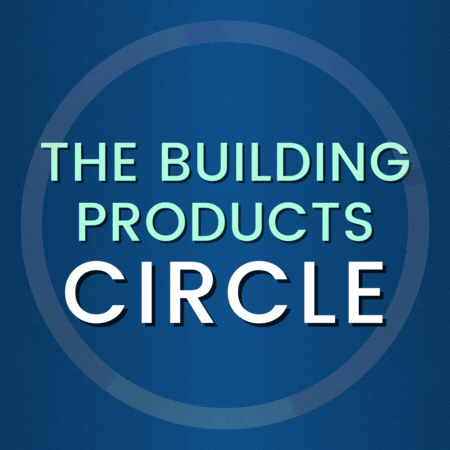Regarding any aluminum railing project, it is imperative to understand the life-safety issue that arises when welding an aluminum railing or sign post.
For example, a rail is classified as a life-saving fall guard for any elevation above 31 inches above grade. The aluminum alloys normally used (such as 6061-T6) get their strength from a heat-treatment process. Welding weakens the heat-treated aluminum in the vicinity of the weld, called the heat-affected zone (HAZ), reducing the strength by approximately 40 percent.
 Any aluminum specifier or designer must account for the weakened state of the welded members. According to “Specification for Aluminum Structures,” published by The Aluminum Association, if a weld is located within 1 inch of any connection, the designer must analyze the connection with appropriate strength reduction. In general, this means that welds placed within a given distance of the base of a small aluminum rail post will cause the post to fail when the code-required 200-lb load is applied at the top.
Any aluminum specifier or designer must account for the weakened state of the welded members. According to “Specification for Aluminum Structures,” published by The Aluminum Association, if a weld is located within 1 inch of any connection, the designer must analyze the connection with appropriate strength reduction. In general, this means that welds placed within a given distance of the base of a small aluminum rail post will cause the post to fail when the code-required 200-lb load is applied at the top.
It is important to note, however, that the highest load force (due to bending on a railing or wind on a sign) usually occurs at the lower portion of the post. Thus, welded connections at the top of the railing or sign post are usually strong enough to sustain the code-required loading.
We offer the following suggested alternatives when welding a post at the base which must be checked on a case-by-case basis:
- Increase the size and thickness of the railing post
- Provide structural adhesive (e.g. Lord Engineered Adhesives) for the connection as opposed to or in addition to welding components
- Provide structural insert within post (also connected to the base by welding or fasteners)
- Weld pickets to their own ‘box frame’, then mechanically attach frame to posts
- Utilize mechanical connections and do not place any weld within 2′-6″ of bottom of post
- Use an external bracket to further support the post (like a ‘kickstand’ or exterior scroll)
Please feel free to contact us with any questions or to review your site specific project need.
Last Update: December 15, 2022
